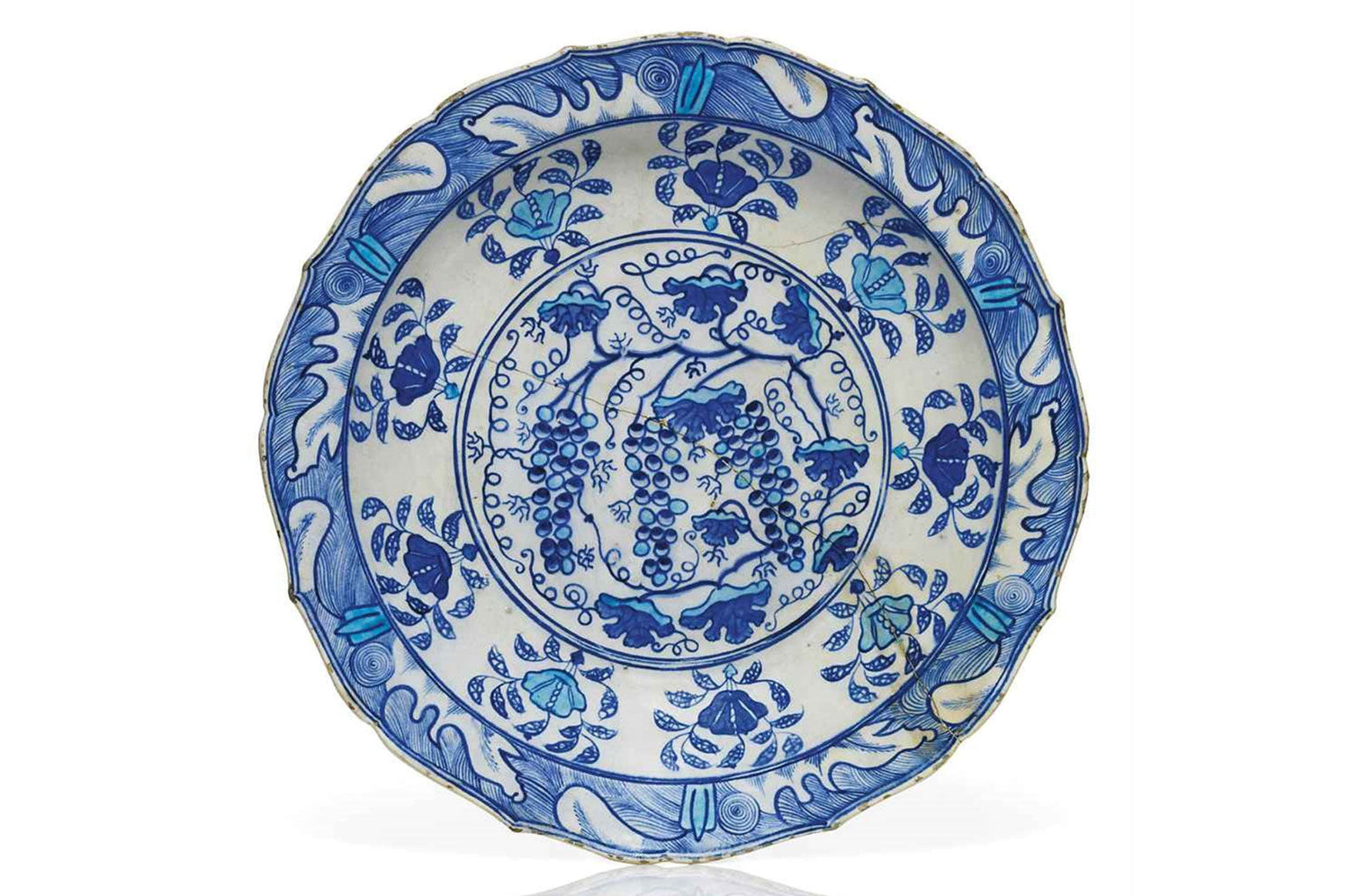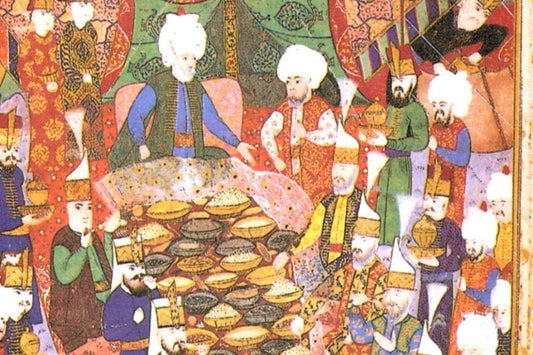In the Mediterranean and Anatolian regions, where viticulture flourished, the grape was considered a sacred fruit symbolizing abundance, fertility, and productivity. The culture of the vine dates back to 6000 BC, and archaeological finds demonstrate that grapes were consumed fresh and dried in Anatolia, and even used in wine production, from the Chalcolithic Period onward. During the Hittite period, special laws were enacted to protect vineyards and orchards; rock paintings of the fertility god holding ears of wheat and bunches of grapes were created, and grapes and wine were offered to the gods in religious ceremonies. These examples demonstrate the importance of the grape in Anatolian civilizations.
Mythological and Religious Symbolism of the Grape
Grapes frequently appear in legends as a symbol of rebirth. Legends about grapes and wine mention Noah. In Greek mythology, Dionysus is the one who discovered how to make wine from grapes. A common theme in these legends is the emphasis on resurrection. In ancient times, grape clusters, vine leaves, and the kantharos (an ancient Greek goblet used for drinking wine) were symbols of Dionysus, the god of the grape harvest. These motifs are frequently seen in vase paintings associated with Dionysus, on coins and tombstones from cities famous for their vineyards, such as Caria, Tenedos, and Soloi. Bacchus, the counterpart of Dionysus in Roman mythology, is a fertility god who cultivates crops. The vine and grape motifs seen on Roman tombstones, rather than simply indicating that the deceased was engaged in wine production or viticulture, symbolize a wish for a life of abundance and prosperity in the new world.
Vine and Grape Motifs in Early Christian Art
The grape, which "dies" when plucked from its branch, turns into wine after being pressed, signifies rebirth. In some works of art, the bird symbolizing the soul of the deceased, eating the grape, which represents immortality, symbolizes the soul's attainment of immortality. Stone carvings from the early Byzantine period also feature birds eating grapes amidst vine leaves and grape clusters. In Christian art, because of the symbolization of Jesus' blood as wine, the vine and grapes represent the peace of heaven and the soul's afterlife. Therefore, this motif, frequently used in church decorations, symbolizes heavenly life.
Grape Motifs in Ottoman Art
During the Ottoman period, grapes featured prominently as a prominent motif in artwork. Inspired by 15th-century Ming porcelain, clusters of grapes are particularly striking in Iznik ceramics. Plates featuring grapes, produced between 1530 and 1540, were used for many years with the unique interpretations of Iznik masters. In structures such as the Takkeci İbrahim Ağa Mosque in Topkapı, the Eyüp Sultan Tomb, and the Yeni Cami Hünkâr Kasrı (New Mosque Sultan's Pavilion), vines and spring branches rise in parallel curves or twine around cypress trees. Grape and vine motifs, rare in Iznik tiles, were quite popular in various regions of the Ottoman Empire, such as Damascus. Grape-clustered vines in cobalt blue, turquoise, sage green, and manganese purple, combined with naturalistic floral motifs, symbolize the grape, the fruit of paradise. These motifs are also found on tombstones, and the grape establishes a connection between death and eternal life.
Traces of the Vineyards: Narratives of Evliya Çelebi and Sestini
Evliya Çelebi describes the vineyards cultivated along the Bosphorus, while the late 18th-century Italian scholar Sestini also discusses these vineyards in detail. While little remains of these vineyards today, aside from place names like the Bağlarbaşı district of Üsküdar, their depictions continue to live on in works of art.
Traces of Vine and Grape: A Living Heritage in Traditional Iznik Tile Art
The vine and grape culture of Anatolia and the Mediterranean has been not only an agricultural practice but also a powerful symbol of faith, fertility, and rebirth across civilizations. This symbolic journey, stretching from antiquity to the Ottoman period, has manifested itself in many areas, from art to architecture. If you wish to cherish this rich cultural heritage and feel this historical touch in your home today, you can explore the grape-patterned Iznik tiles of Iznik Blue Tile . Don't miss the opportunity to discover the elegant reflections of this ancient motif in Iznik tile art.




